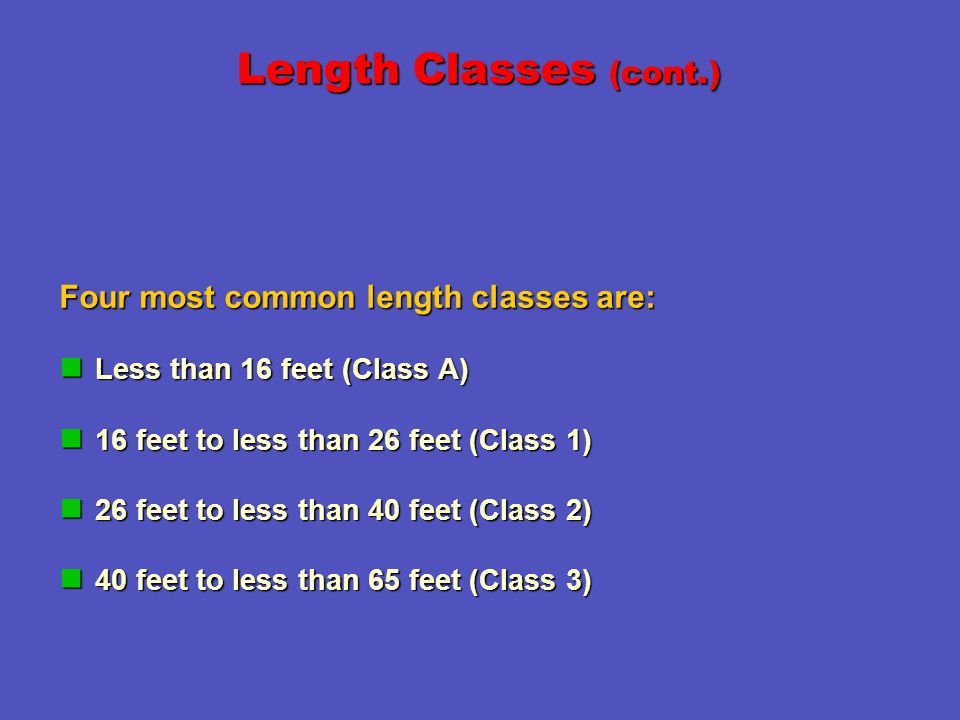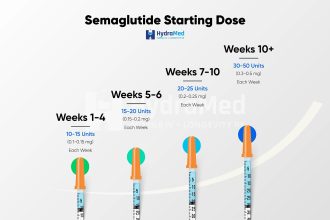The four length classes of vessels, important for determining safety regulations and licensing requirements, are essential to understand for anyone involved in the maritime industry. These classes include the less than 20 meters category, the 20-100 meters category, the 100-300 meters category, and the over 300 meters category. Each class comes with its unique set of rules and guidelines to ensure maritime operations are conducted safely and efficiently. Let’s delve deeper into what each class entails and why it matters in the world of shipping and navigation.
Discovering the Four Length Classes of Vessels
Welcome aboard on this exciting journey to explore the fascinating world of vessels! Have you ever wondered how different ships are classified based on their sizes? In the vast ocean, ships come in various shapes and lengths, each serving different purposes. Today, we will delve into the four length classes of vessels, understanding what sets them apart and how they contribute to maritime activities.
The Importance of Vessel Classification
Before we dive into the specifics of the four length classes, let’s talk about why vessel classification is essential. Just like how cars are categorized based on their sizes or types, ships are also classified to ensure safety, efficiency, and regulatory compliance in the maritime industry. By grouping vessels into different classes, it becomes easier for authorities, port operators, and maritime professionals to manage and regulate maritime traffic effectively.
Class 1: Very Small Vessels
Our voyage begins with the smallest class of vessels – Class 1, also known as Very Small Vessels. These vessels are typically less than 20 feet in length and are commonly used for recreational activities such as fishing, water sports, or short coastal trips. You might have seen small rowboats, kayaks, or dinghies that fall into this category. Despite their size, these vessels play a crucial role in providing individuals with access to the water and fostering a love for the sea.
Characteristics of Class 1 Vessels:
- Length: Less than 20 feet
- Usage: Recreational activities, fishing, water sports
- Common Examples: Rowboats, kayaks, dinghies
Class 2: Small Vessels
As we sail further, we encounter Class 2 vessels, which are slightly larger than their Very Small counterparts. Small Vessels, ranging from 20 to 65 feet in length, are often used for day trips, fishing expeditions, or coastal cruising. You might have seen small sailboats, speedboats, or cabin cruisers that belong to this class. These vessels offer a balance between recreational use and practical functionality, making them popular among water enthusiasts.
Characteristics of Class 2 Vessels:
- Length: 20 to 65 feet
- Usage: Day trips, fishing expeditions, coastal cruising
- Common Examples: Sailboats, speedboats, cabin cruisers
Class 3: Medium Vessels
Our next classification introduces us to Medium Vessels, which range from 65 to 200 feet in length. These vessels are more substantial in size and capacity, often used for commercial purposes such as ferry services, offshore support, or small cargo transport. You might have seen passenger ferries, tugboats, or small freighters that fall under the Class 3 category. Medium Vessels play a vital role in connecting islands, supporting offshore operations, and facilitating coastal trade.
Characteristics of Class 3 Vessels:
- Length: 65 to 200 feet
- Usage: Ferry services, offshore support, small cargo transport
- Common Examples: Passenger ferries, tugboats, small freighters
Class 4: Large Vessels
Our final classification brings us to the largest category of vessels – Class 4, also known as Large Vessels. These mighty ships exceed 200 feet in length and are designed for significant maritime operations such as container shipping, oil tanker transport, or cruise liners. You might have marveled at massive container ships, oil tankers, or luxury cruise liners that dominate the seas as part of Class 4. Large Vessels are the backbone of global trade, transporting goods, resources, and people across vast distances.
Characteristics of Class 4 Vessels:
- Length: Exceeds 200 feet
- Usage: Container shipping, oil tanker transport, cruise liners
- Common Examples: Container ships, oil tankers, luxury cruise liners
As we conclude our exploration of the four length classes of vessels, we have gained valuable insights into the diverse world of ships and boats. From Very Small Vessels to Large Vessels, each class serves a unique purpose in maritime operations, contributing to the rich tapestry of seafaring activities. Whether you are a sailing enthusiast, a maritime professional, or simply curious about the sea, understanding vessel classification adds depth to your appreciation of the vast oceanic domain. So, next time you spot a ship on the horizon, remember the four length classes that define its size, capacity, and role in the maritime world.
Thank you for joining us on this educational voyage, and may your fascination with vessels continue to sail across the boundless seas!
Types of Cargo Ships: A Comprehensive Overview
Frequently Asked Questions
What are the four length classes of vessels?
The four length classes of vessels are defined based on their overall length. The classes include: Class A (12 meters or more), Class B (less than 12 meters but 24 meters or more), Class C (less than 24 meters but 40 meters or more), and Class D (less than 40 meters).
How are vessels categorized into different length classes?
Vessels are categorized into different length classes based on their overall length in meters. This classification helps ensure safety at sea and aids in determining the applicable regulations and requirements for each class of vessel.
What are the implications of being classified under different vessel length classes?
The implications of being classified under different vessel length classes include varying regulatory requirements, safety standards, equipment specifications, and operational restrictions. Understanding the class of vessel is crucial for compliance and safety at sea.
Final Thoughts
In conclusion, vessels are categorized into four length classes: under 20 meters, 20-100 meters, 100-200 meters, and above 200 meters. These classifications are crucial for regulatory purposes and determining safety requirements. Understanding what are the four length classes of vessels helps ensure appropriate regulations and standards are applied based on a vessel’s size. Proper classification of vessels plays a vital role in promoting maritime safety and efficiency.






